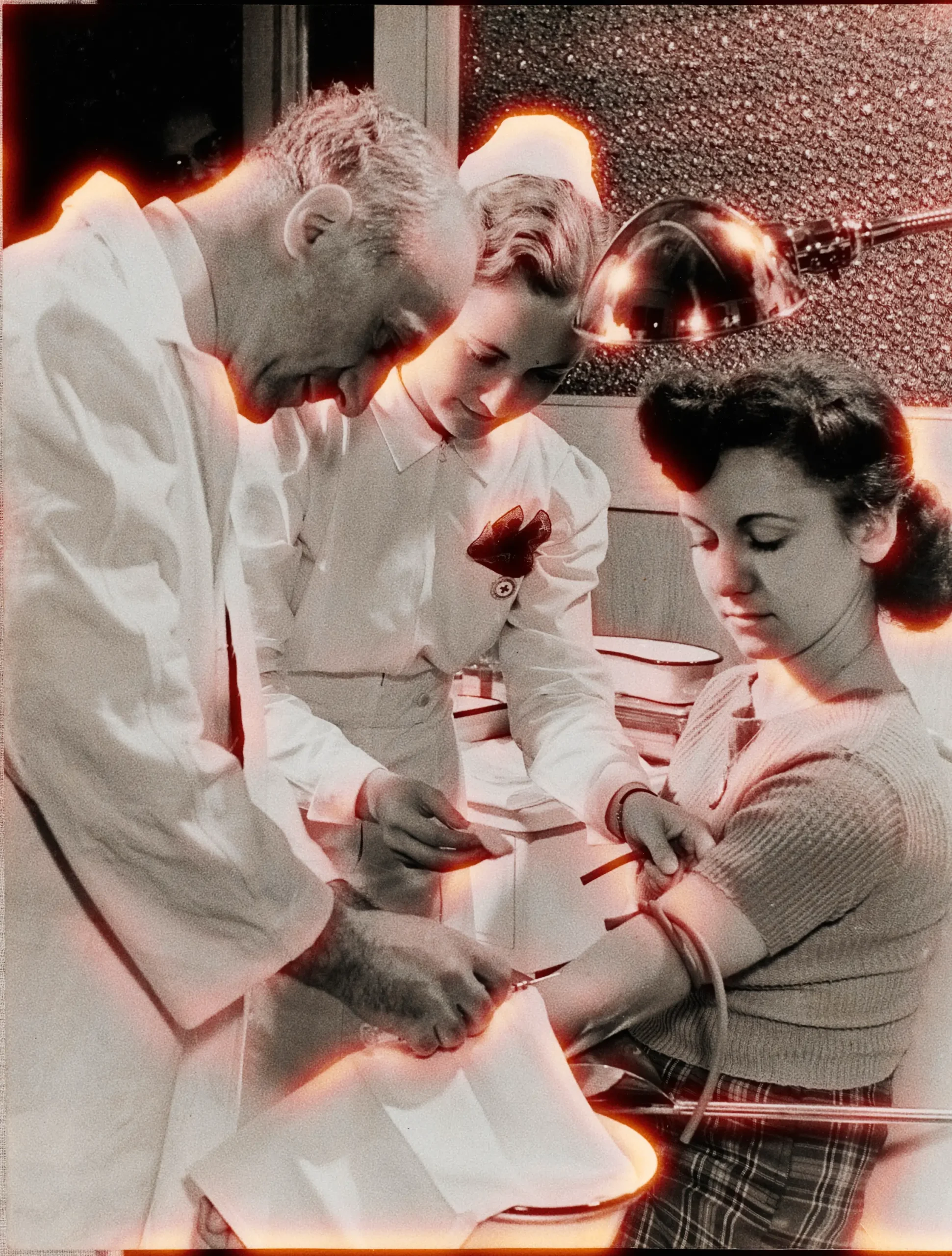With young Filipinos expecting healthcare to match their mobile, connected lifestyles, providers are racing to keep pace. AC Health President Paolo Borromeo discusses how the industry is shifting toward a new paradigm of care that moves with patients.
Healthcare in the Philippines is at a crossroads—a sector in motion, transforming to meet a generation that refuses to stand still. With a median age of just 26 and one of the highest digital penetration rates globally, young Filipinos are demanding that healthcare keep pace with their mobile lifestyles, pushing the industry toward a fundamental shift from reactive treatment to proactive wellness, from clinical confinement to care that moves with patients.
The numbers paint a clear picture of an industry overdue for change: only 40% of Filipinos go for annual physical checkups, a stark contrast to countries like Japan, where people visit the doctor an average of 10 times a year. This cultural distance from preventive care, combined with a tech-savvy generation that expects seamless movement between digital and physical experiences, is forcing the entire healthcare ecosystem to reimagine how care flows through people’s lives.
“Healthcare is inherently personal. Everyone, from patients to doctors, carries distinct expectations and experiences. This makes it one of the most challenging sectors to standardize and elevate,” says Paolo Borromeo, President of AC Health, which recently celebrated its 10th anniversary with the launch of its Sampulso campaign—a name playing on the Filipino words sampu (ten) and pulso (pulse).
Health As A Lifestyle
The shift is particularly evident among Gen Z Filipinos, who approach healthcare as part of their fluid lifestyle rather than
a destination to avoid. Unlike previous generations, who viewed medical facilities as fixed places of last resort, younger patients expect healthcare to mirror the mobility and personalization they experience in every other aspect of their connected lives.
This demographic shift is reshaping industry priorities across the board. Healthcare providers are investing heavily in platforms that move with patients—mobile apps, digital health records, telemedicine services—while redesigning physical spaces to feel less like institutional endpoints and more like welcoming waypoints along the health journey.
Borromeo, whose company employs staff with a median age of 32, observes this cultural migration firsthand: “This younger generation demands convenience, speed, and personalized care. The entire industry must innovate continuously to meet their expectations.”
READ ALSO: The Creatine Craze: Why Everyone Is Talking About This Supplement

Technology Creating Healtcare Mobility
The challenge facing healthcare providers isn’t just about adopting new technology—it’s about creating systems that move fluidly between digital and physical touchpoints while maintaining human connection. While patients appreciate the freedom of mobile booking systems and portable health records, they still need empathetic interactions during vulnerable moments.
“Patients want genuine, empathetic interactions, especially when vulnerable,” Borromeo explains. “Technology should always serve as a tool—not a replacement— for human interaction.”
This philosophy is driving industry-wide changes that go beyond traditional clinic design. Teleconsult uptake has jumped by 300% since 2020, according to a national survey on TeleHealth in the Philippines with 2,555 respondents. As a result, many providers are building ecosystems where care transitions seamlessly between settings—from home monitoring via apps to streamlined clinic visits to pharmacy pickups that require no additional paperwork. The goal is to eliminate the friction that has traditionally kept young Filipinos from engaging with regular healthcare.
Breaking Down Barries To Movement
Despite growing awareness, significant obstacles still impede the free flow of healthcare engagement. Cultural hesitations around generic medications, resistance to routine screenings, and complex administrative processes continue to create friction in the patient journey.
“Changing public perceptions around healthcare requires persistent education and community outreach,” notes Borromeo.“The industry is investing heavily in awareness programs and social media initiatives to keep health top of mind.
Administrative complexity remains a major barrier to healthcare mobility. A 2019 multi-site study found that new outpatients spend an average of 140 minutes just on triage and registration before seeing a doctor, while PhilHealth still requires up to three separate claim forms (CF1–CF3) per confinement and reports an average 24-day turnaround for claims paid in 2024. These layers of paperwork create friction that younger patients—accustomed to seamless digital experiences—find increasingly unacceptable.
Industry-Wide Movement Toward Intergration
The response has been comprehensive across the sector. Healthcare providers are creating integrated ecosystems that allow patients to move fluidly between hospitals, clinics, and pharmacies without losing continuity of care. Since the Food and Drug Administration’s Circular mandating that all drugstores honor legally signed e-prescriptions, large chains have equipped their counters to scan digital scripts, while PhilHealth’s e-Claims platform now handles the majority of benefit submissions.
A future where prescriptions that automatically flow to connected pharmacies, live appointment scheduling that adapts to patient location, and consistent quality regardless of where care is accessed is not too far out of reach.
Companies like AC Health are riding this wave of transformation with ambitious expansion plans that prioritize connectivity— aiming for ten hospitals, around 300 clinics, and over 1,150 pharmacies nationwide by 2027. But the focus isn’t just on physical expansion; it’s on building a network where patients can access care wherever their lives take them.
“We want to replicate the seamless integration seen in leading global healthcare models, yet with a uniquely Filipino touch—marked by empathy and genuine care,” Borromeo shares.
READ ALSO: Wy We Run: Inside The Resurgence Of Running

Toward A Mobile Health Future
The transformation of Philippine healthcare ultimately depends on both industry innovation and changing patient behavior. For younger Filipinos, this means embracing the freedom to make health a mobile priority—accessing preventive care through apps, scheduling check-ups around their schedules, and viewing wellness as something that flows through their lives rather than interrupts it.
“Make time for your health,” advises Borromeo. “Amidst busy lifestyles and endless distractions, prioritize your well-being. The industry’s job is to make healthcare as accessible and convenient as possible, so prioritizing your health becomes second nature.”
As the healthcare sector continues to evolve, one thing becomes clear: the next era will be defined by mobility—systems that travel with patients, care that adapts to lifestyles, and an industry that views health not as a destination but as a companion for life’s journey. For the Philippines, this transformation represents more than technological advancement; it’s a generational shift toward a healthier nation—one where young Filipinos no longer have to choose between their dynamic lifestyles and their well-being. The future belongs to those who refuse to stand still—and now, finally, their healthcare is learning to keep pace.
The article was originally published in our September 2025 Issue











